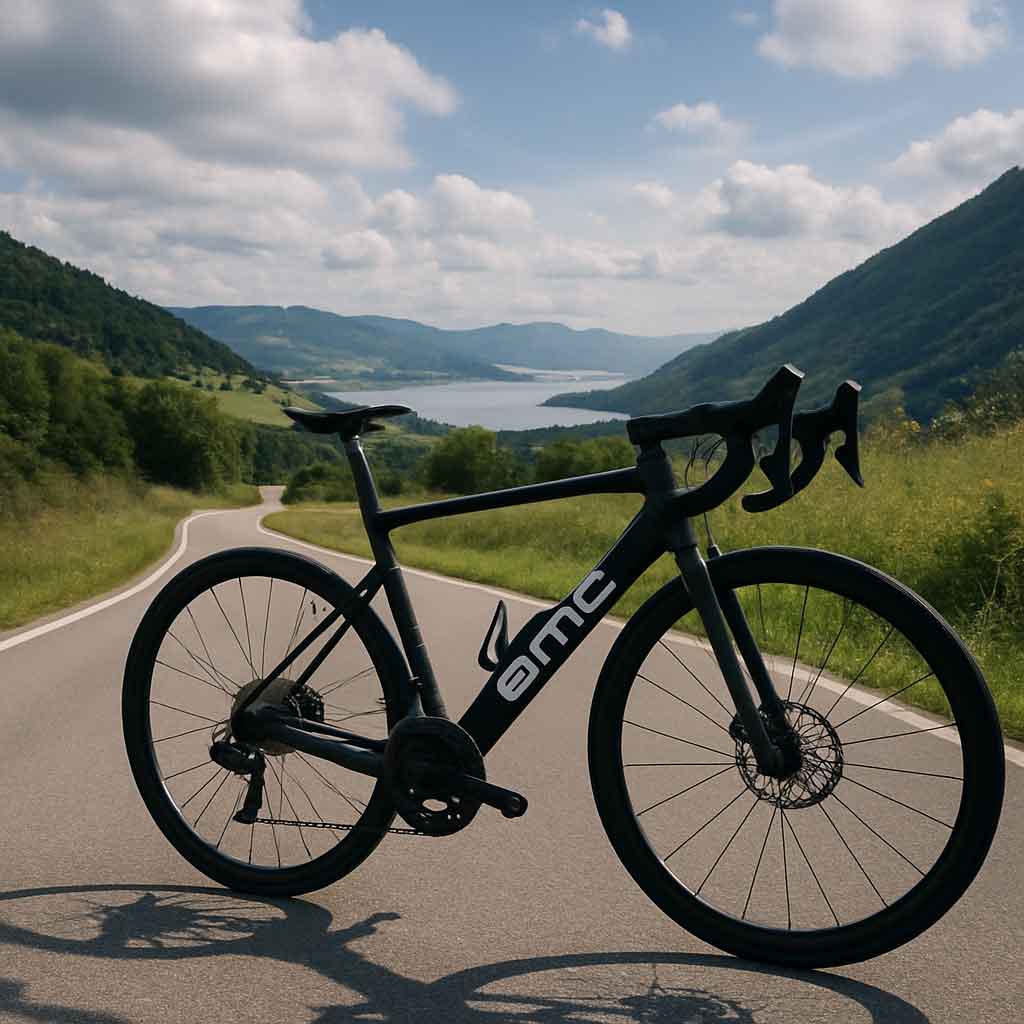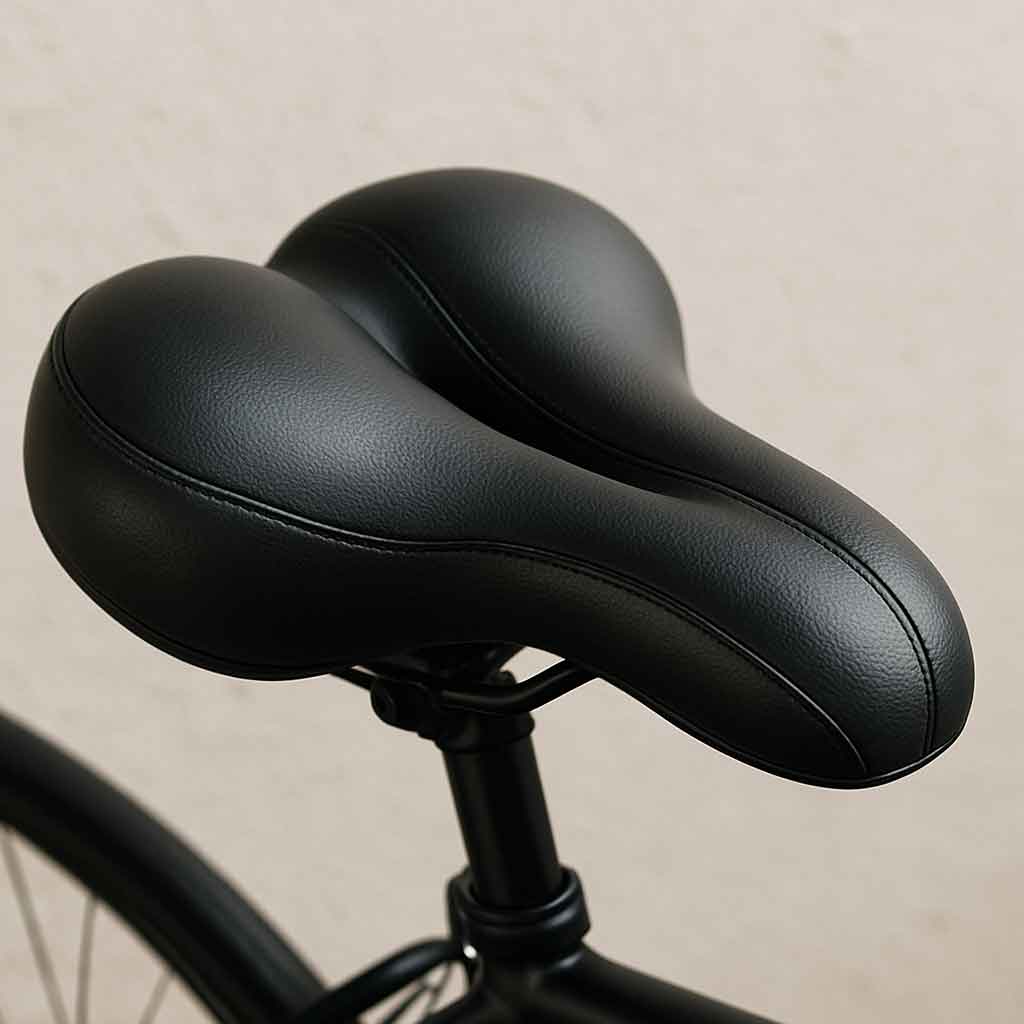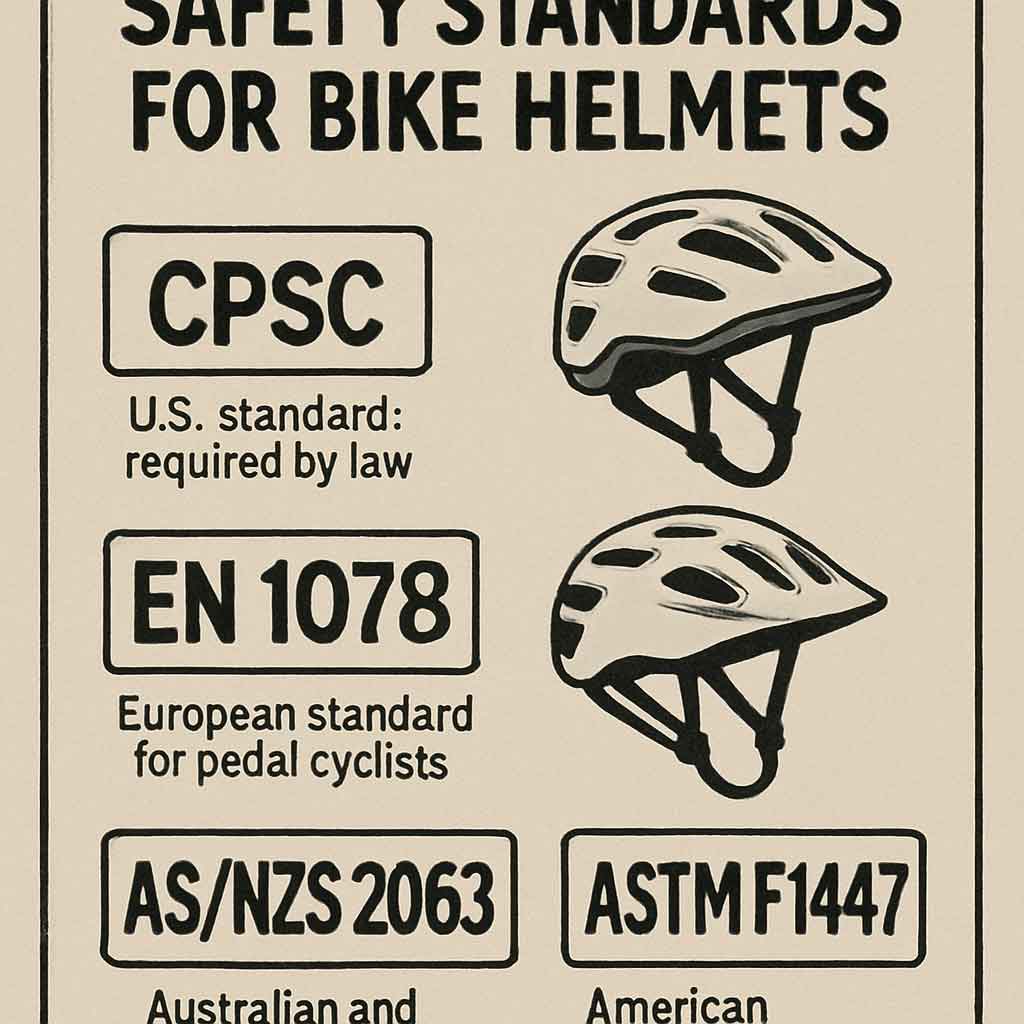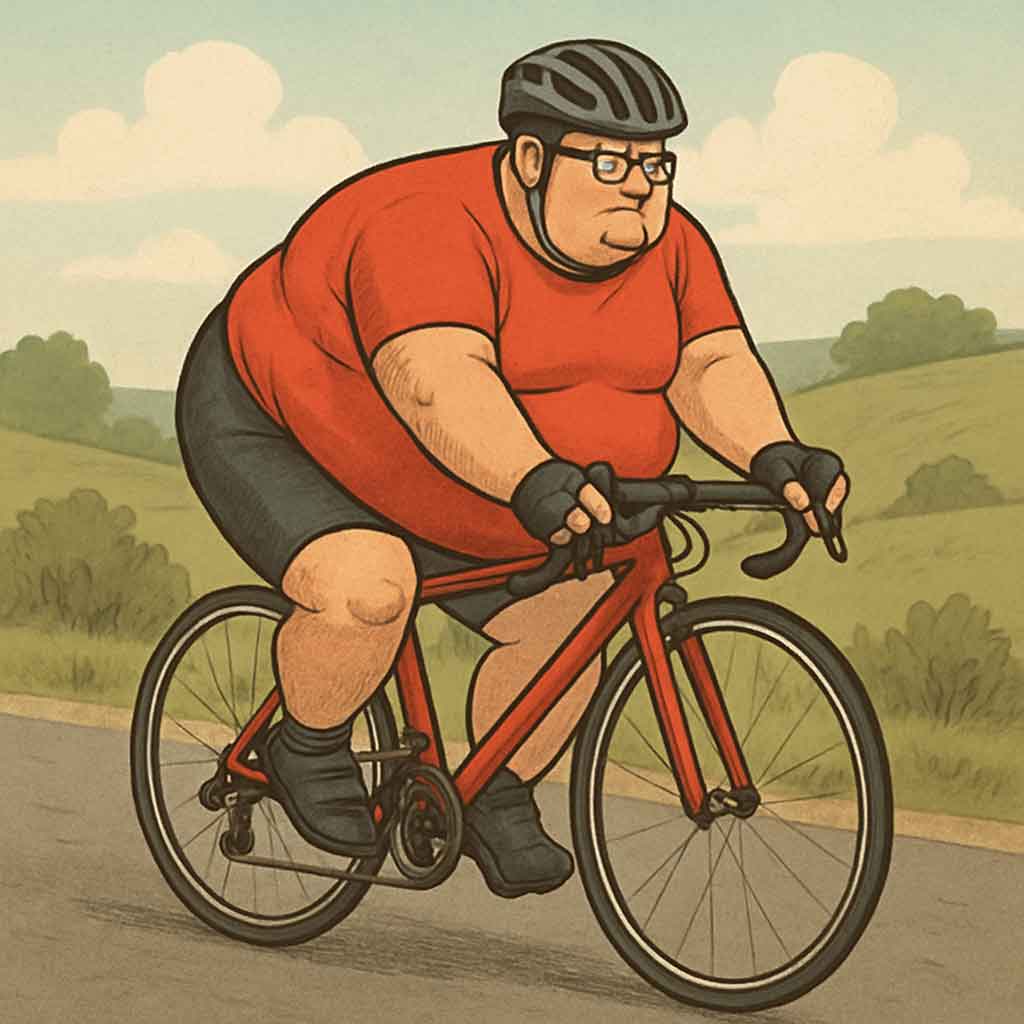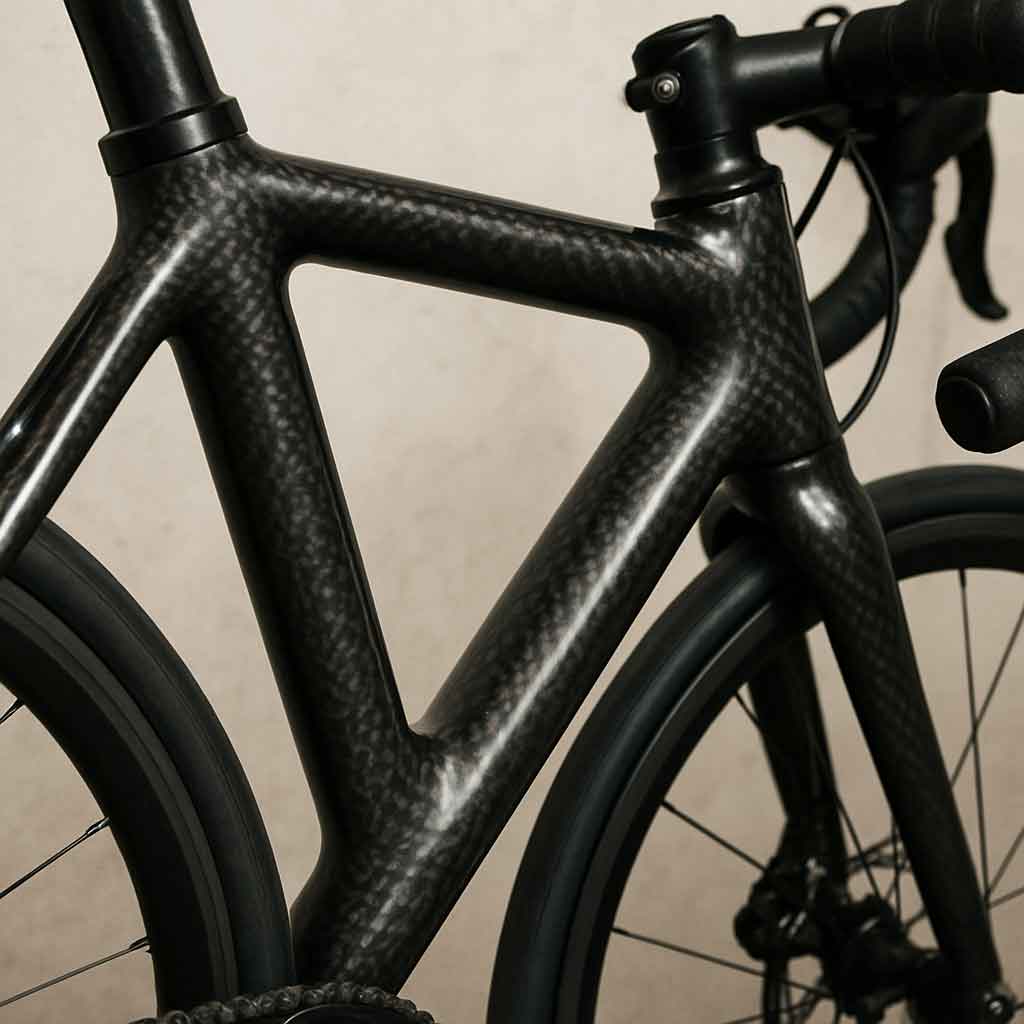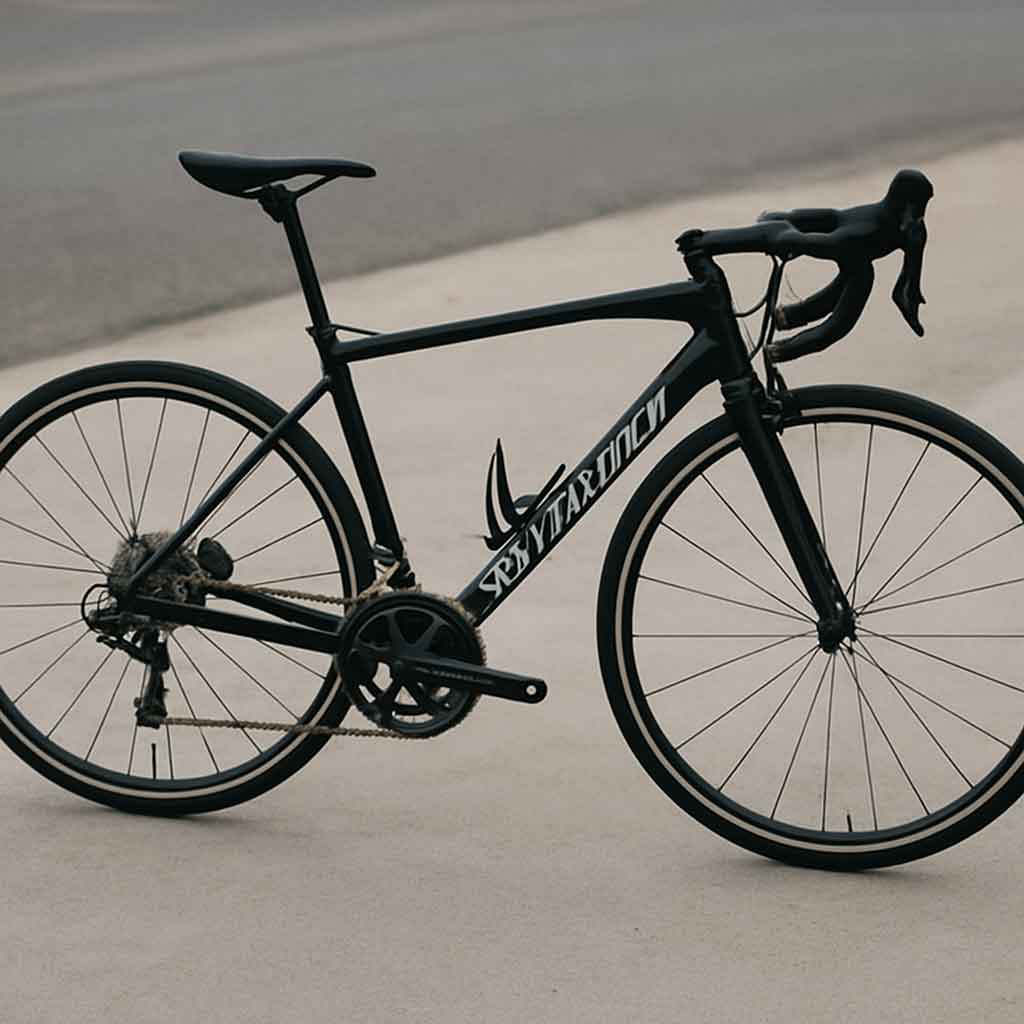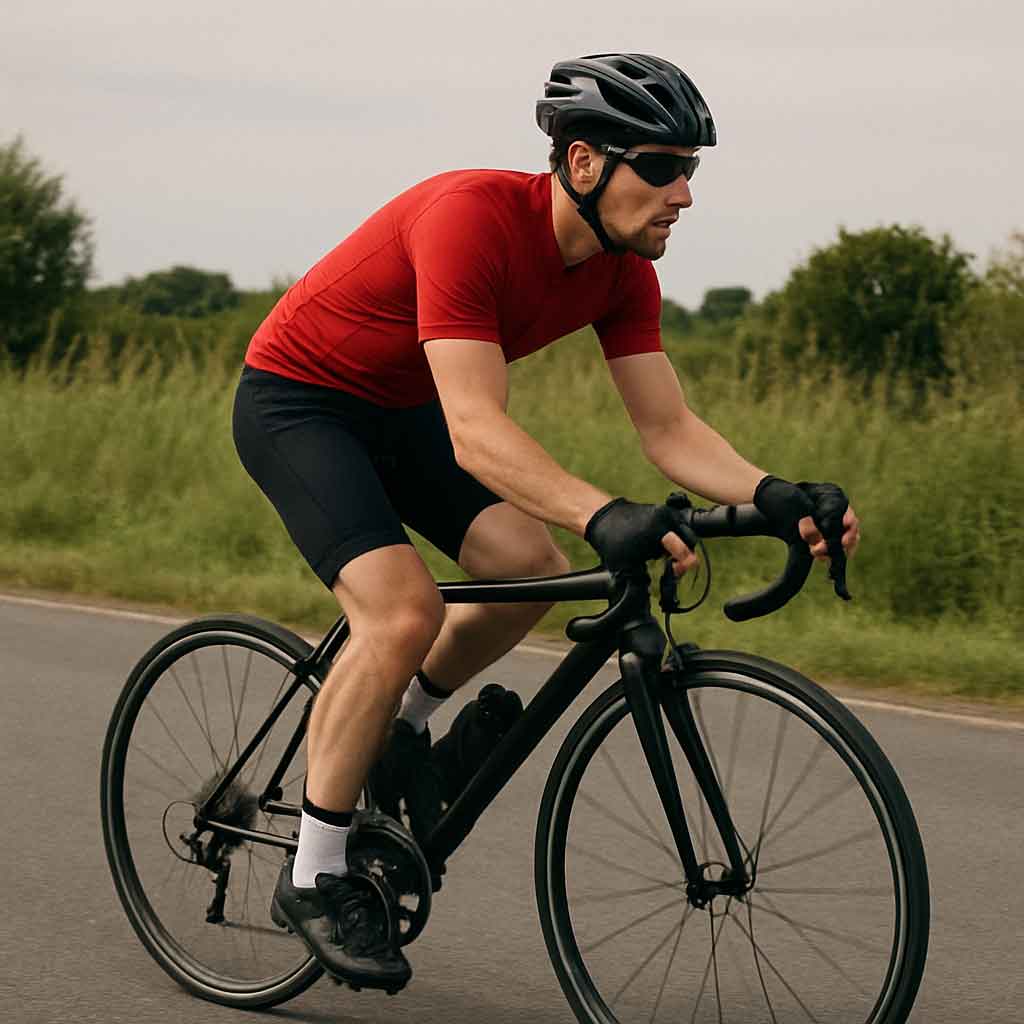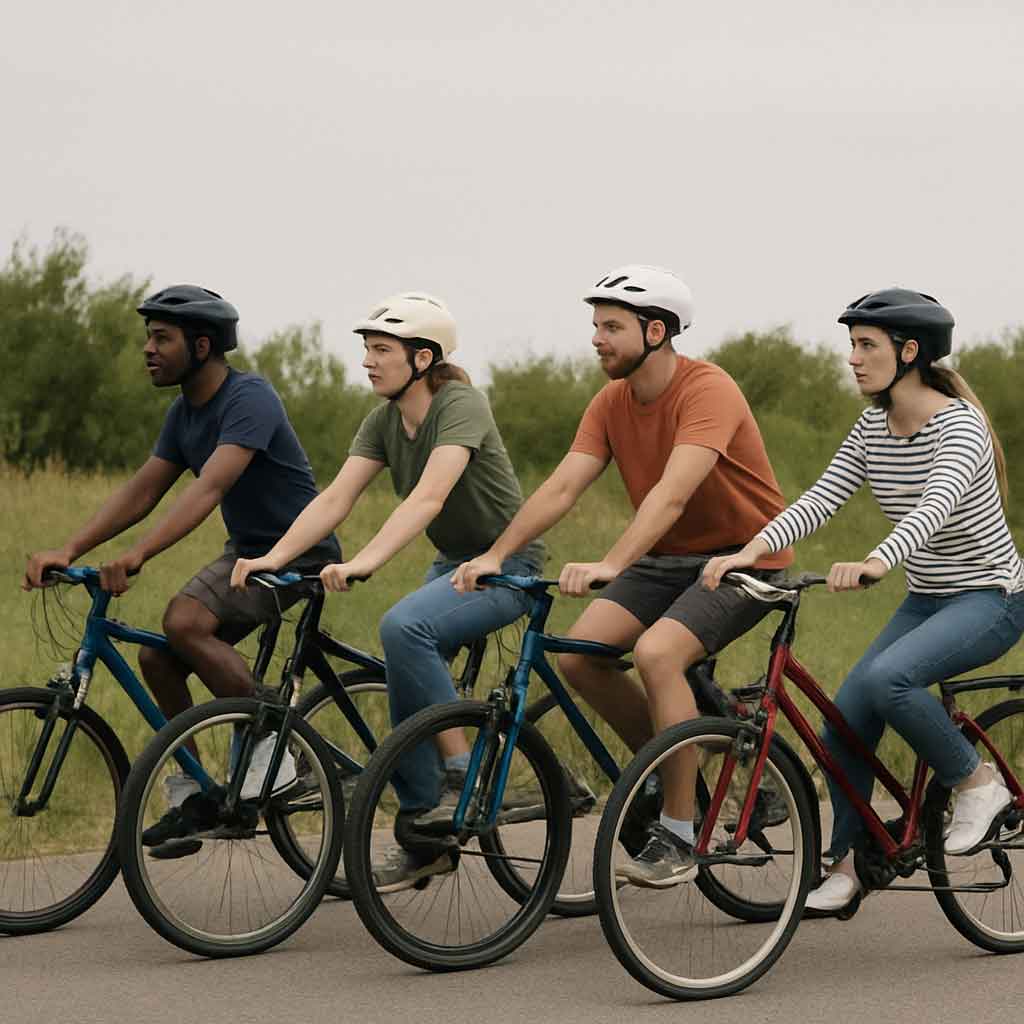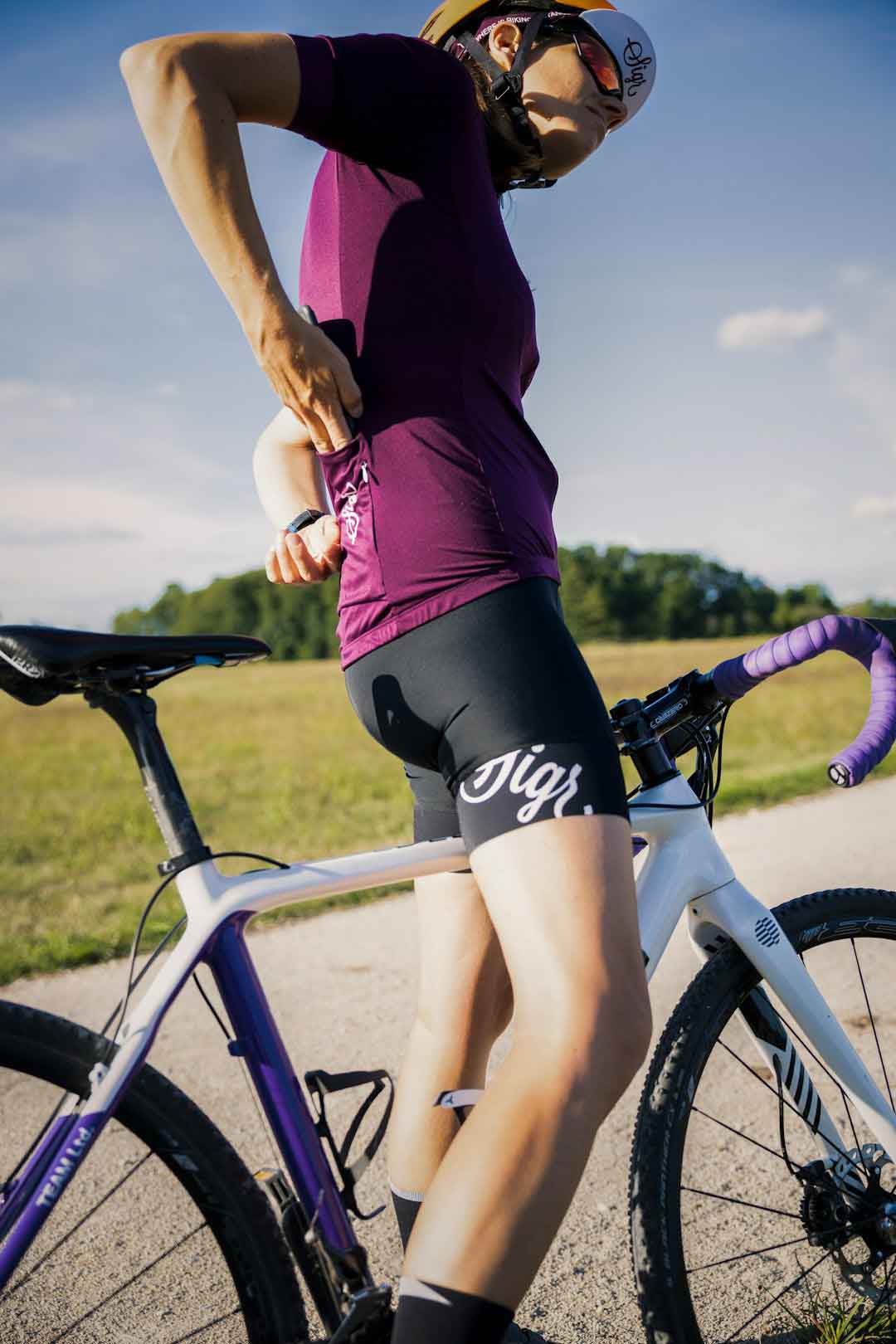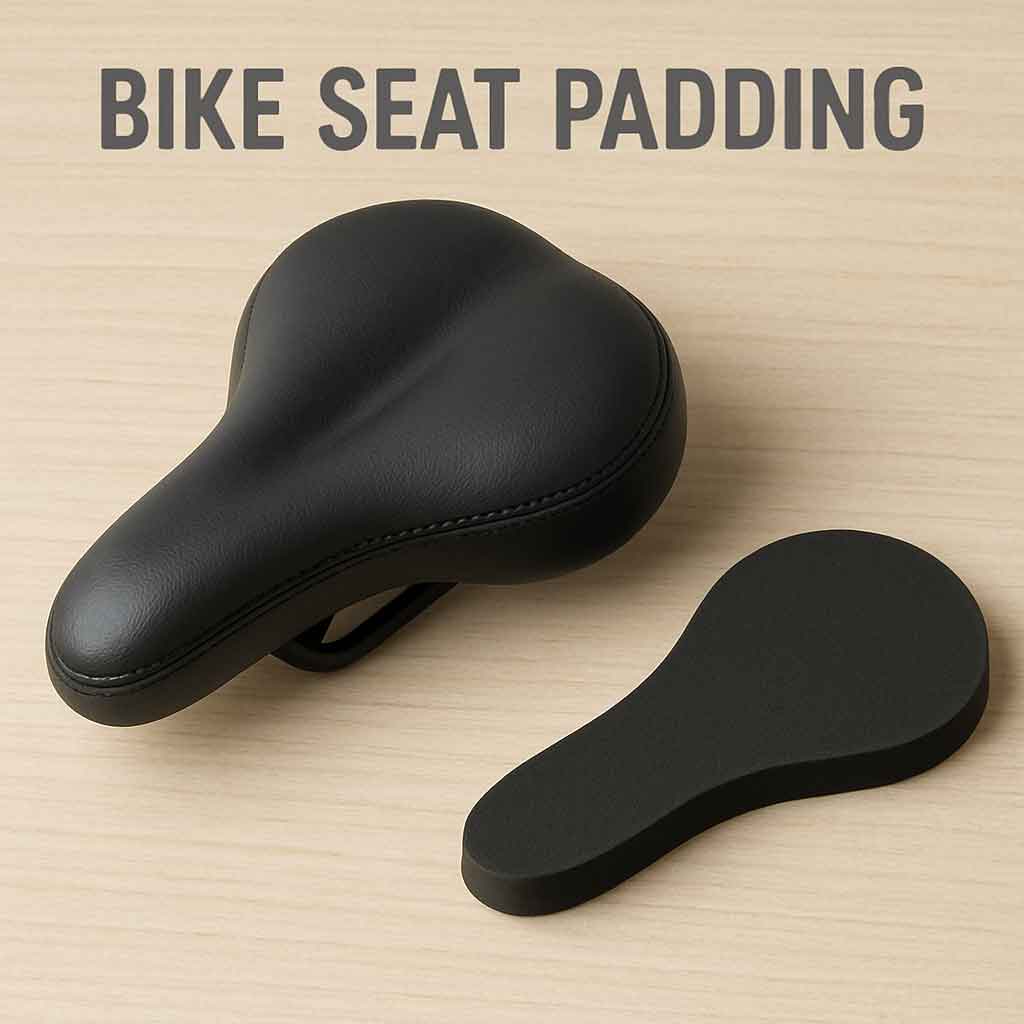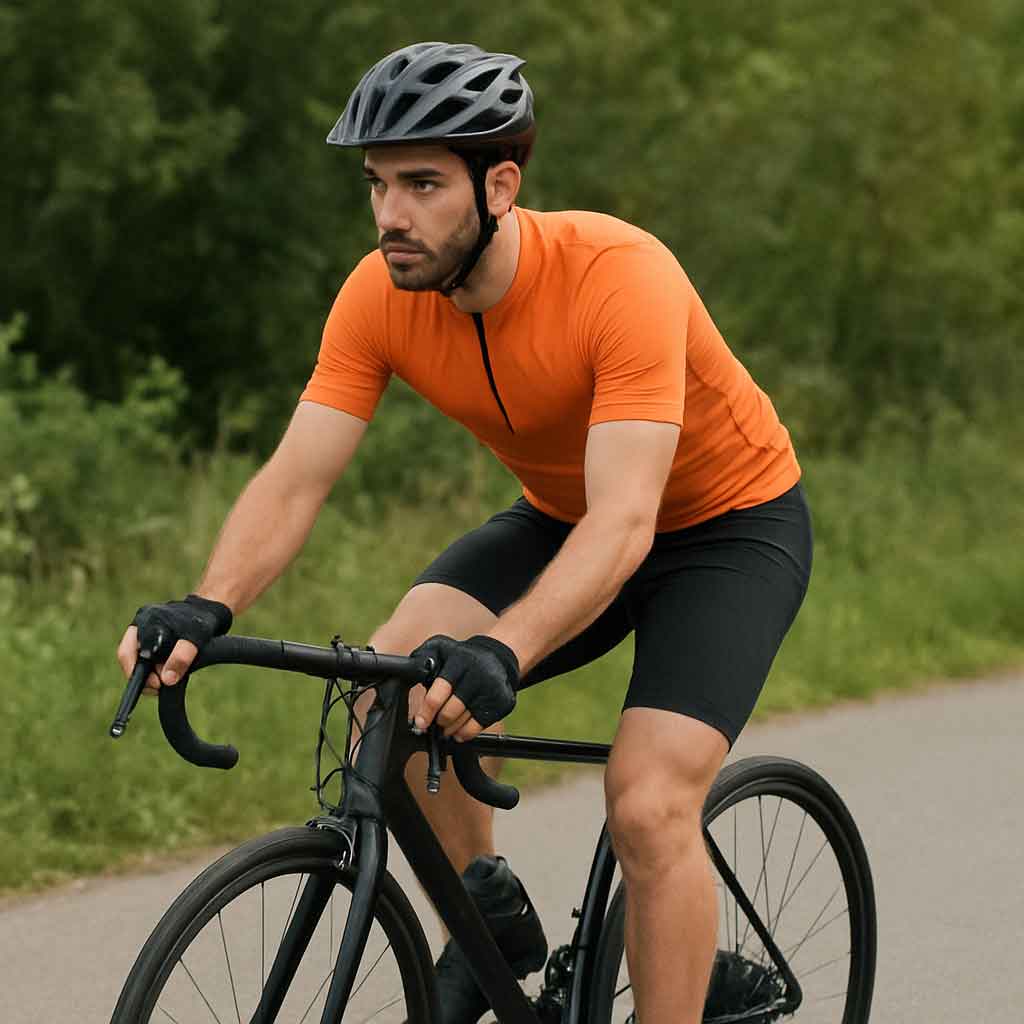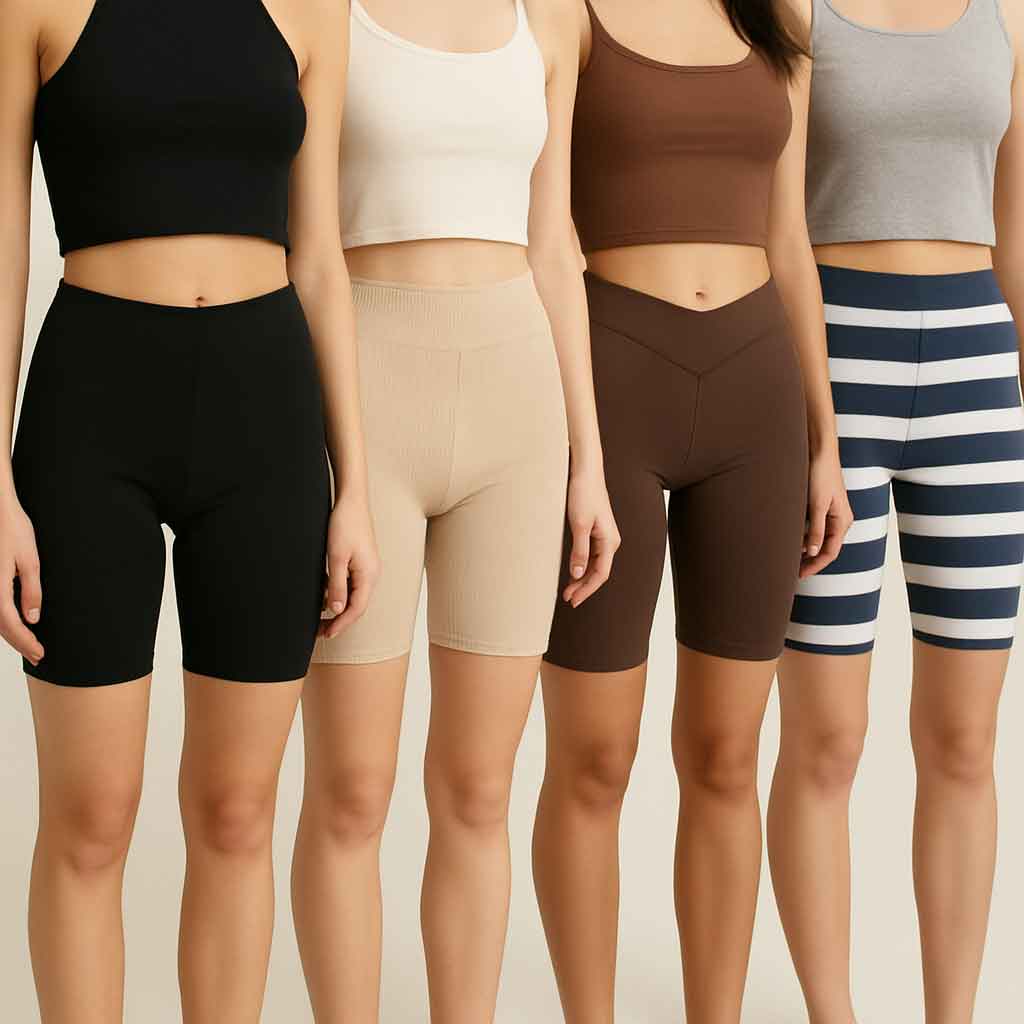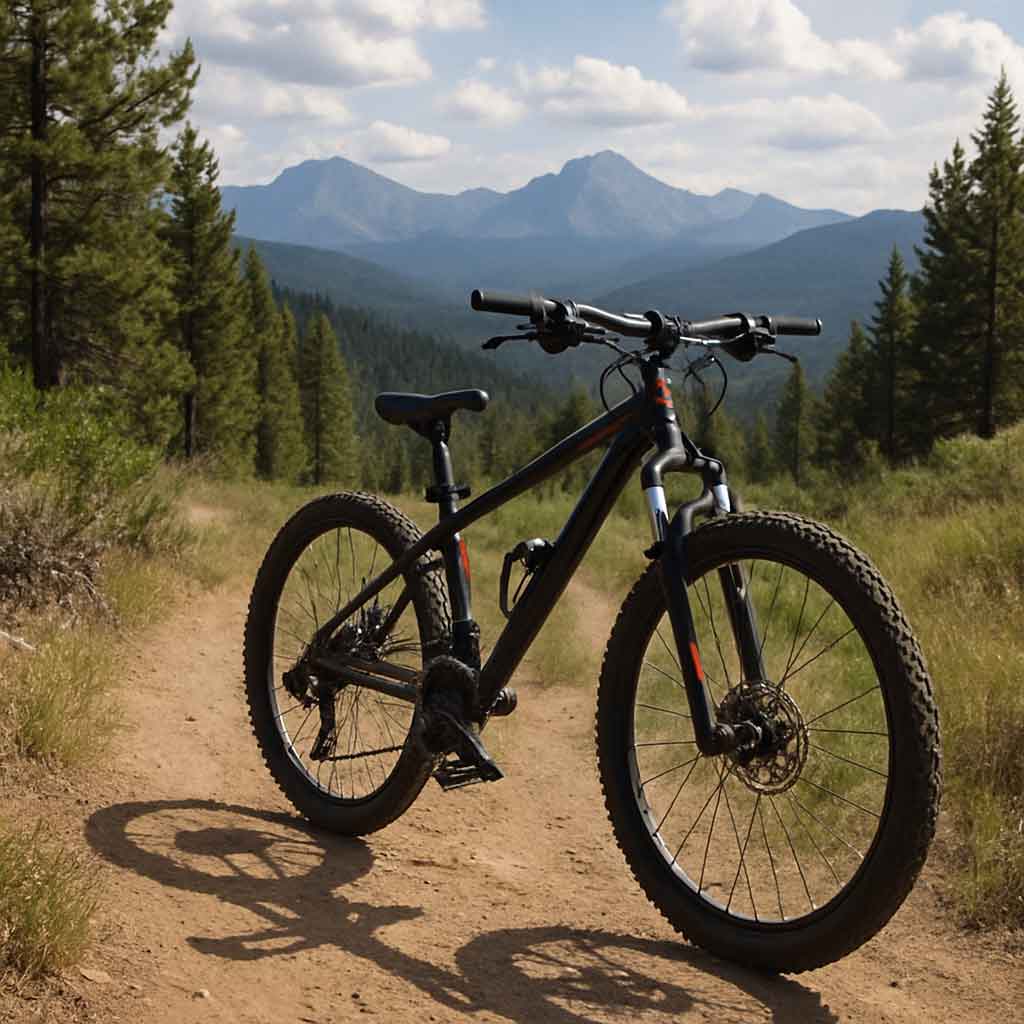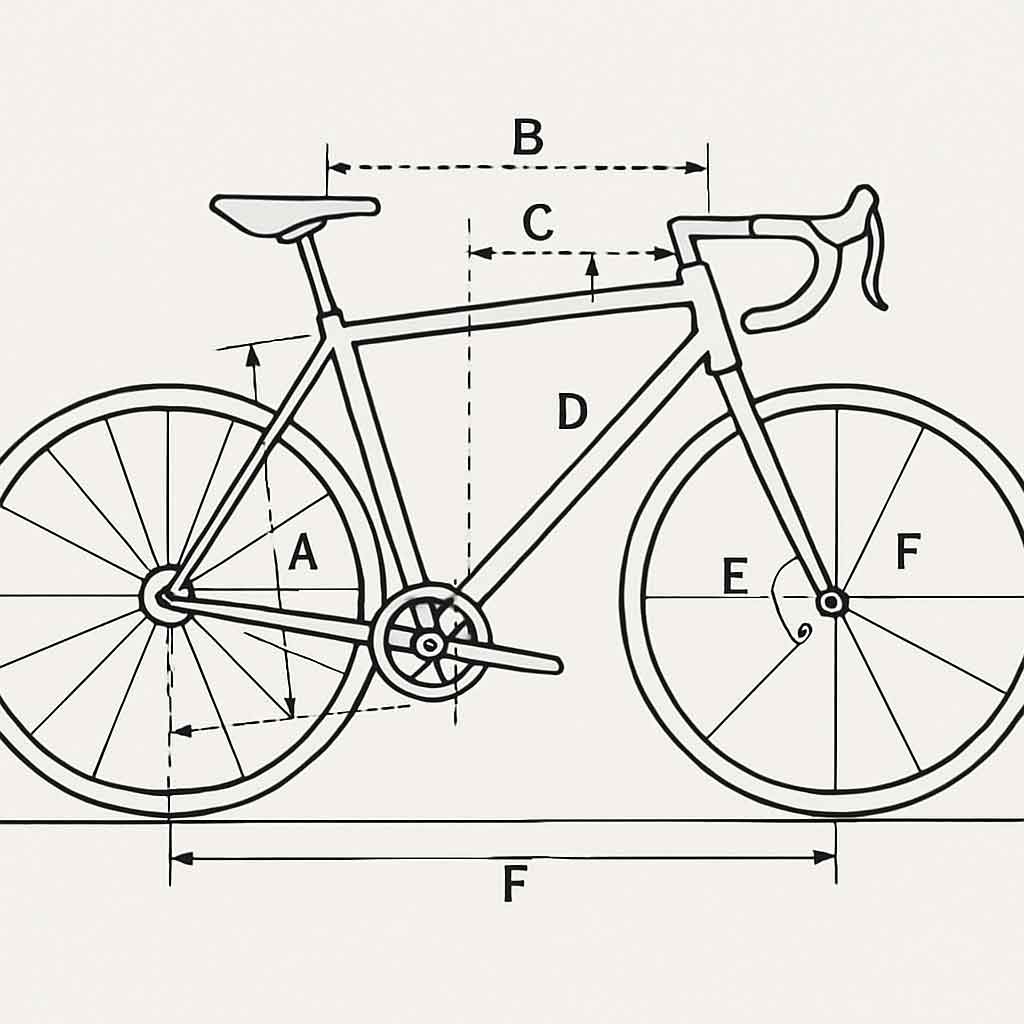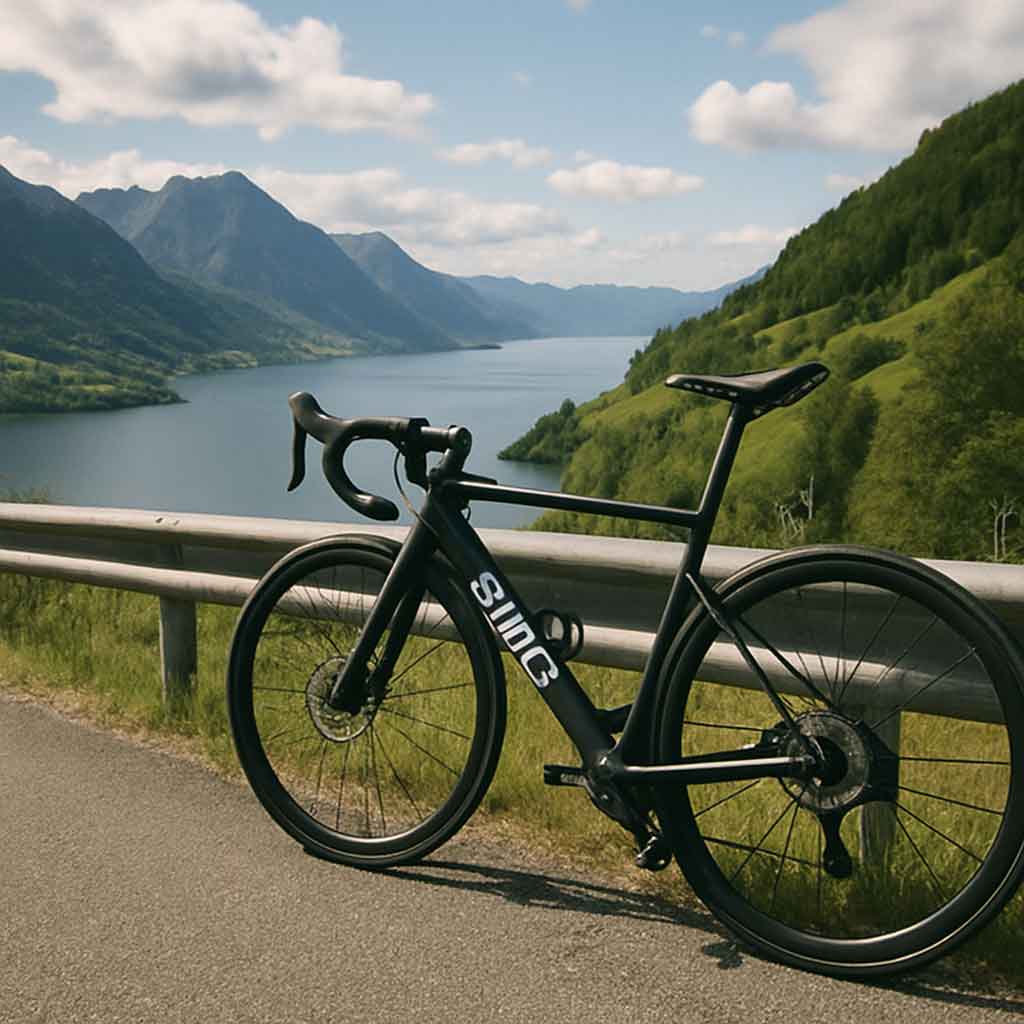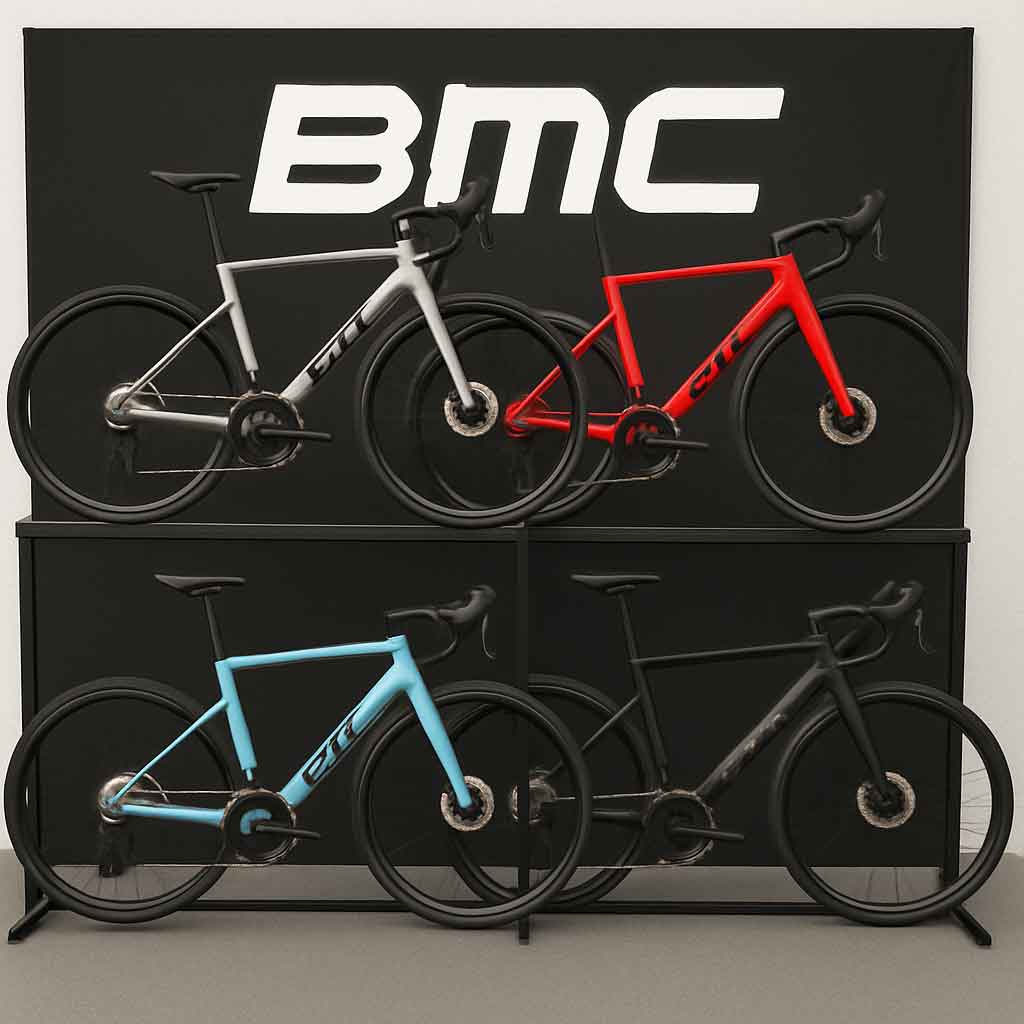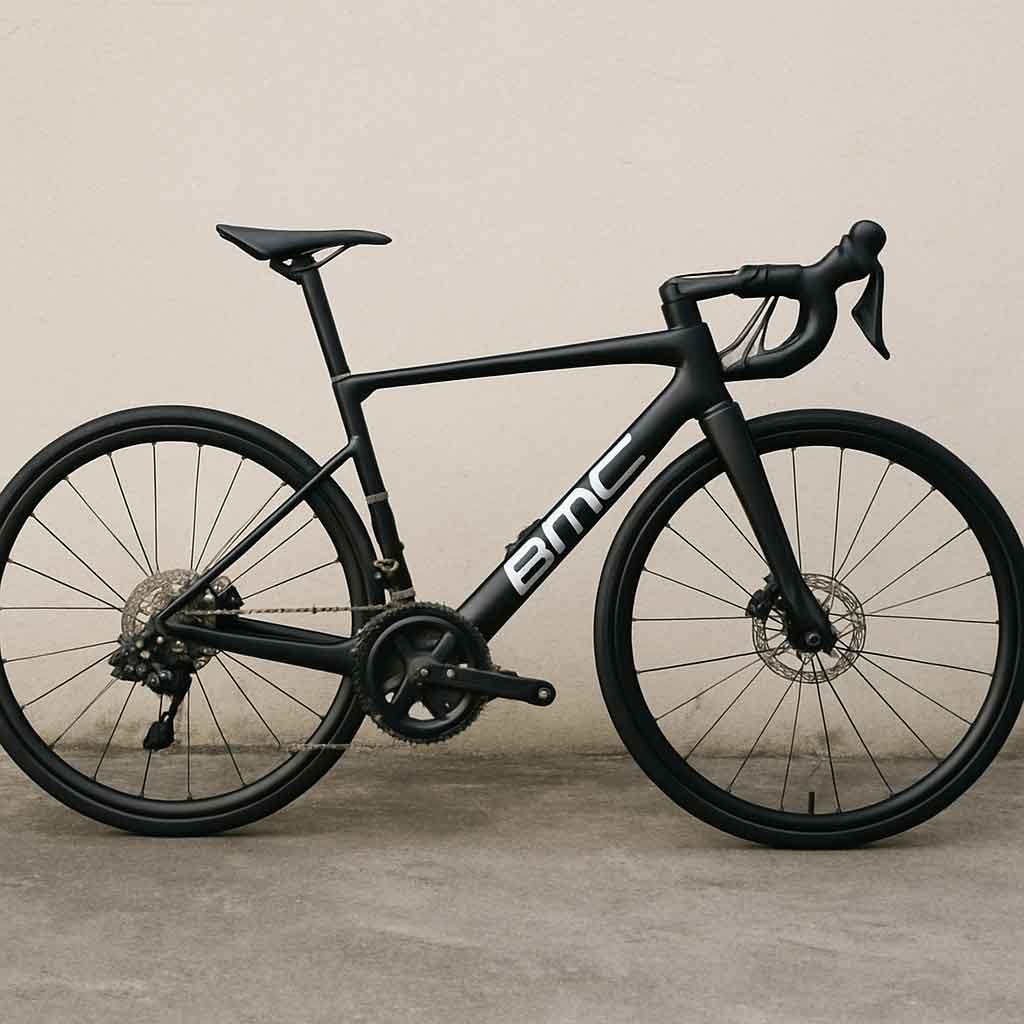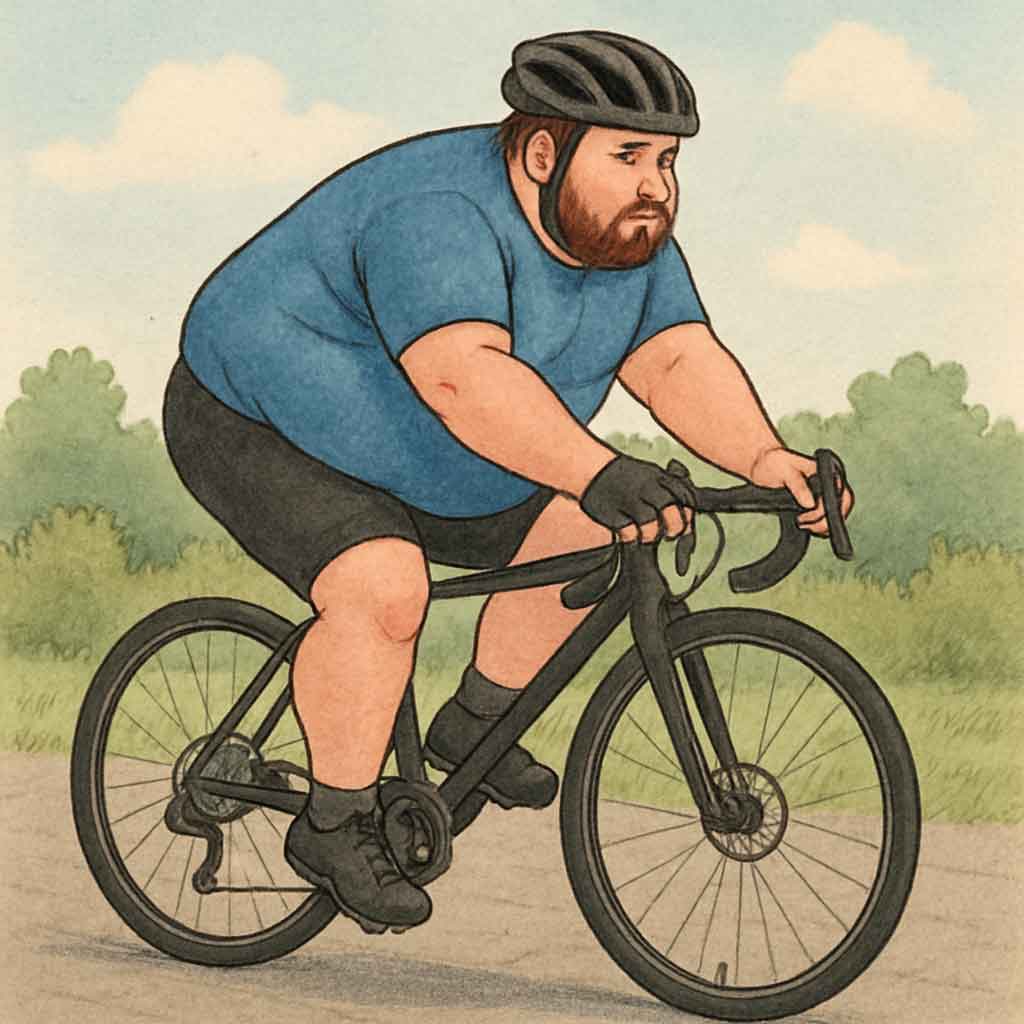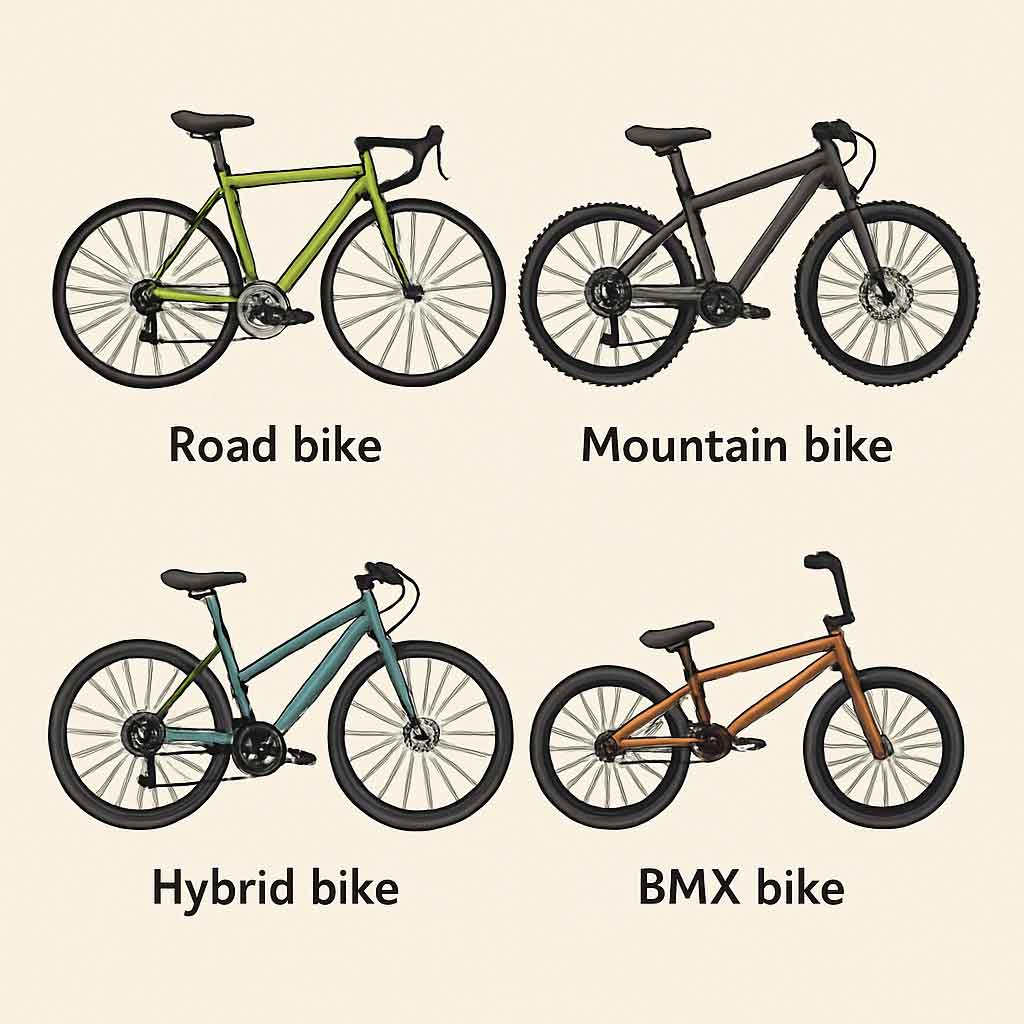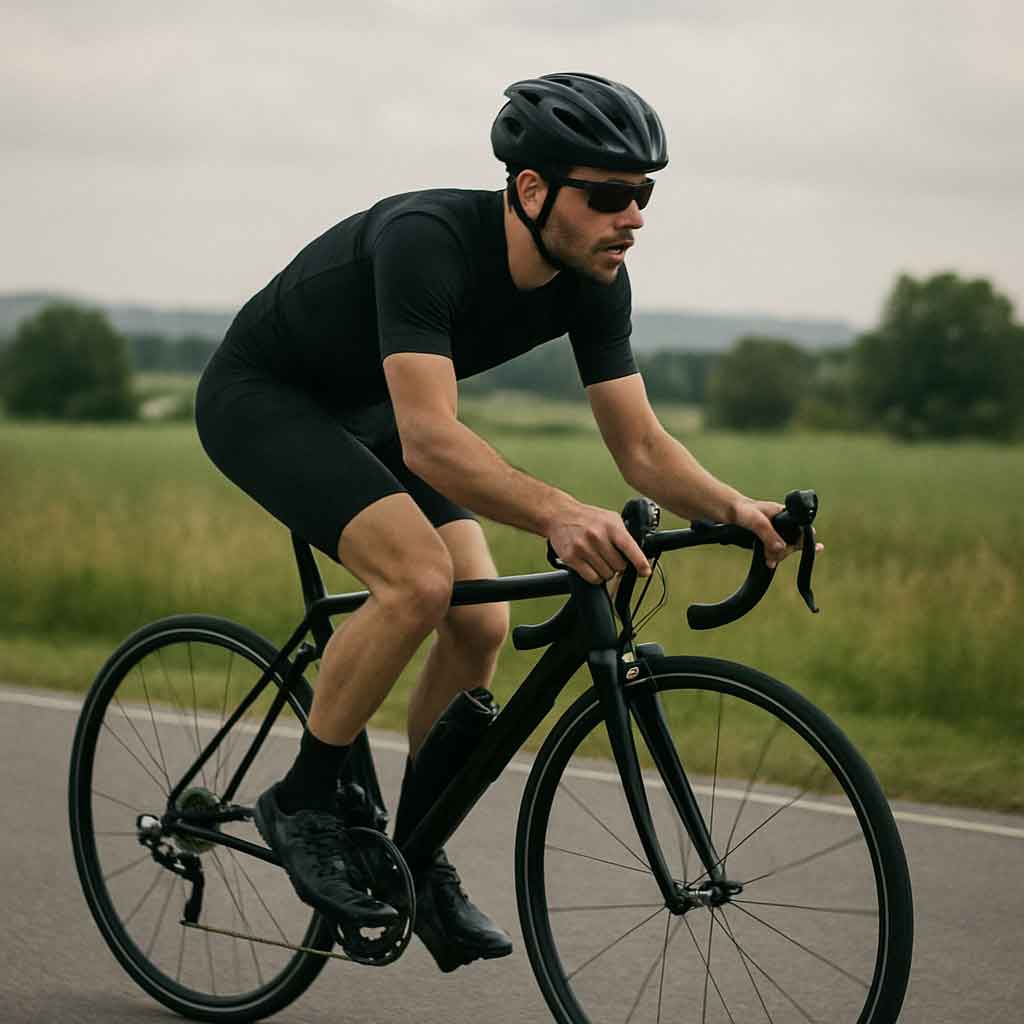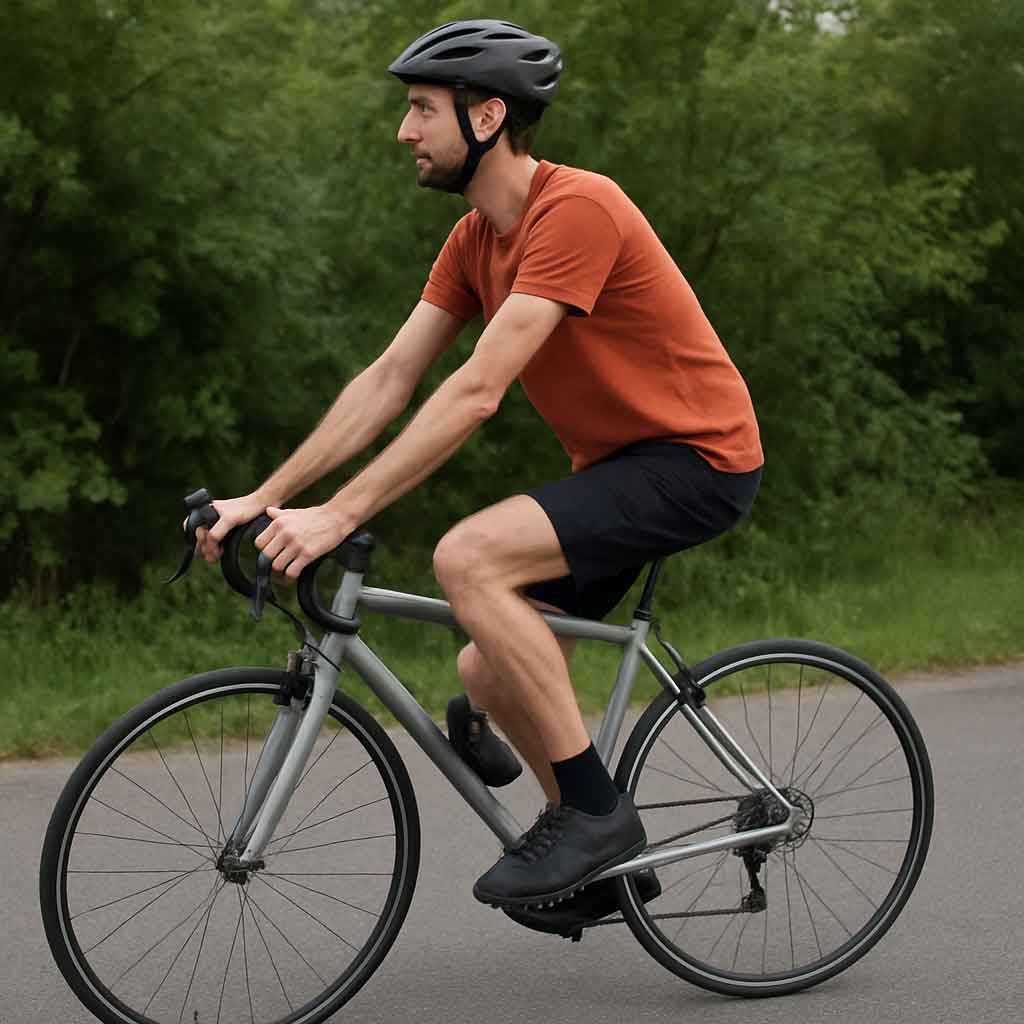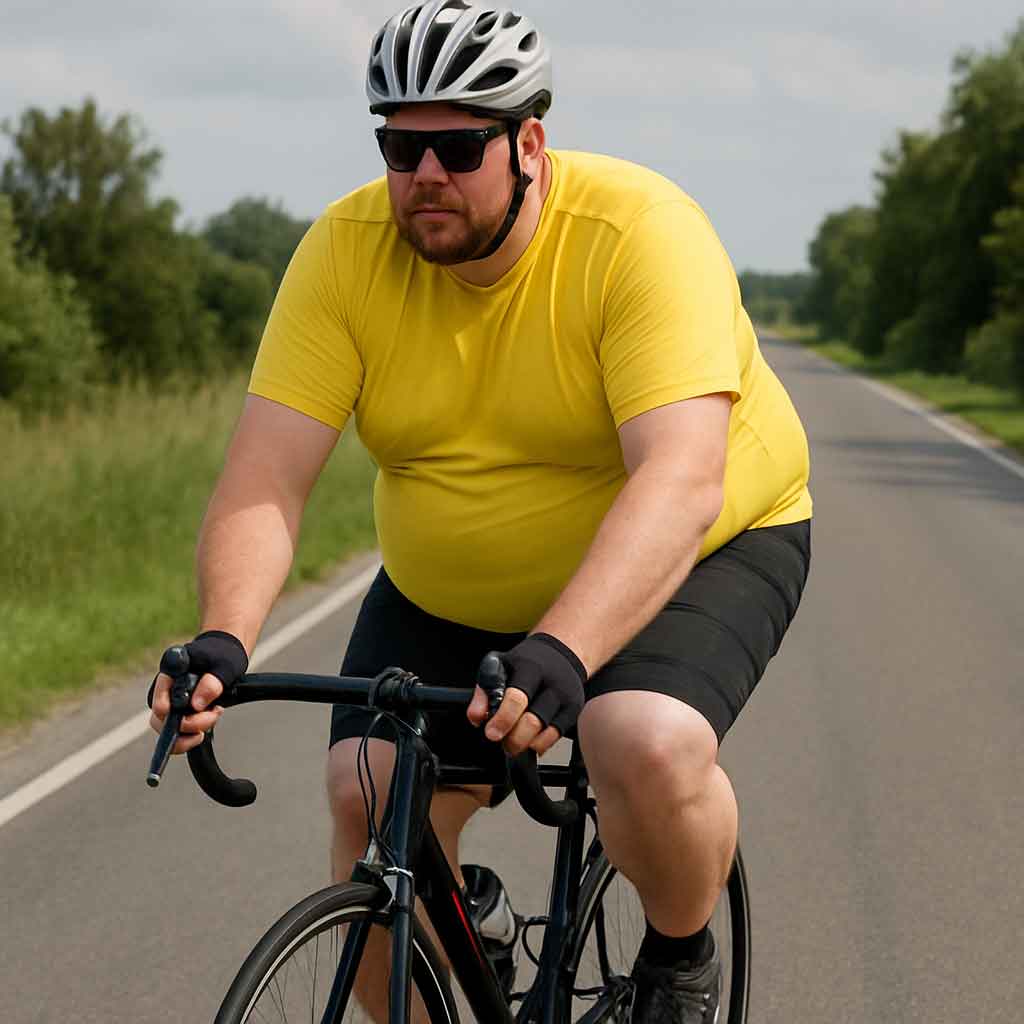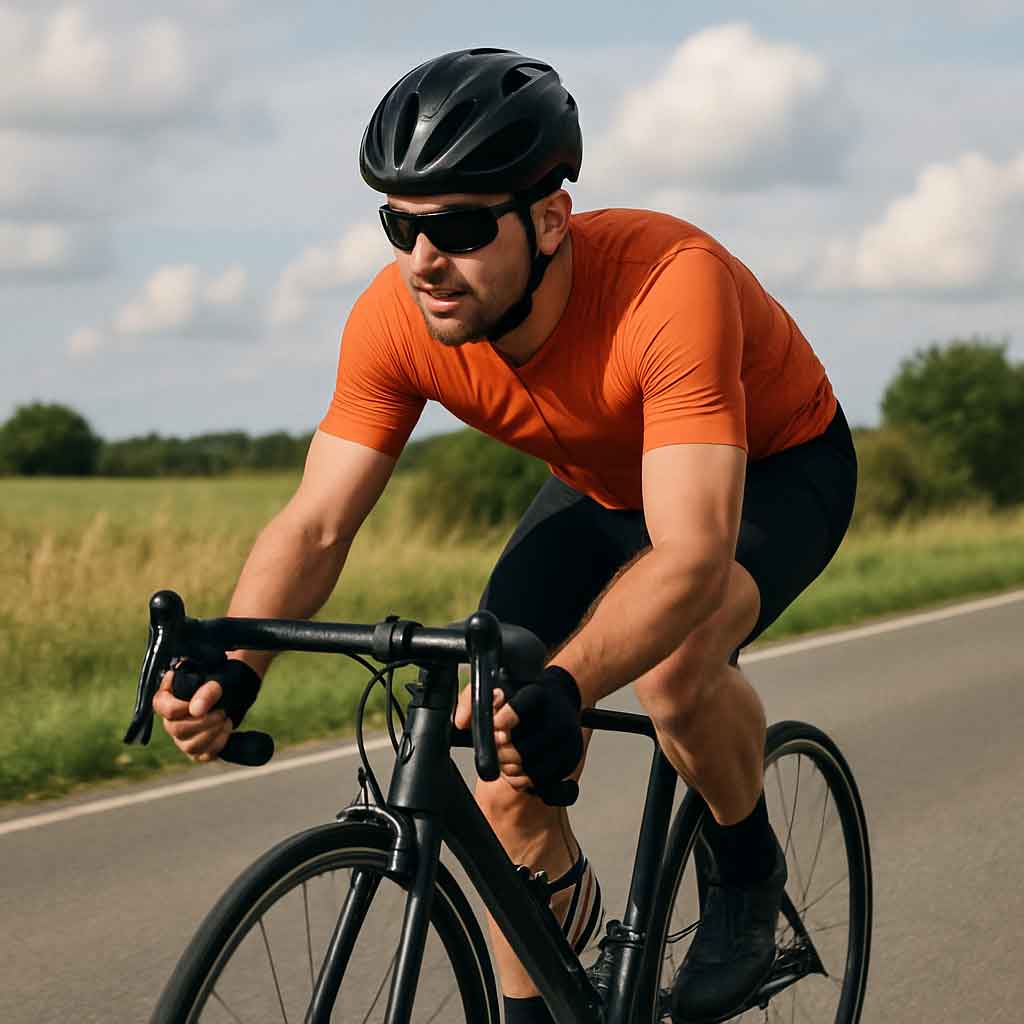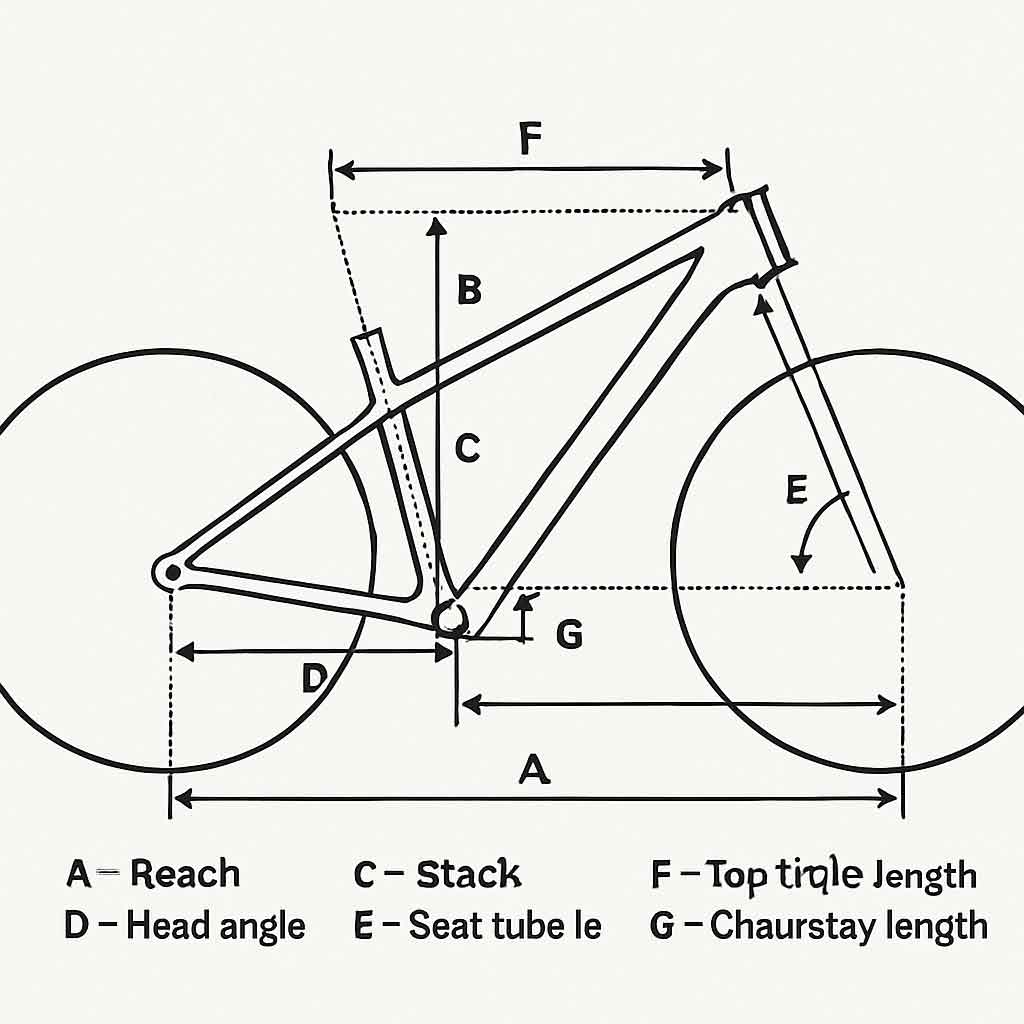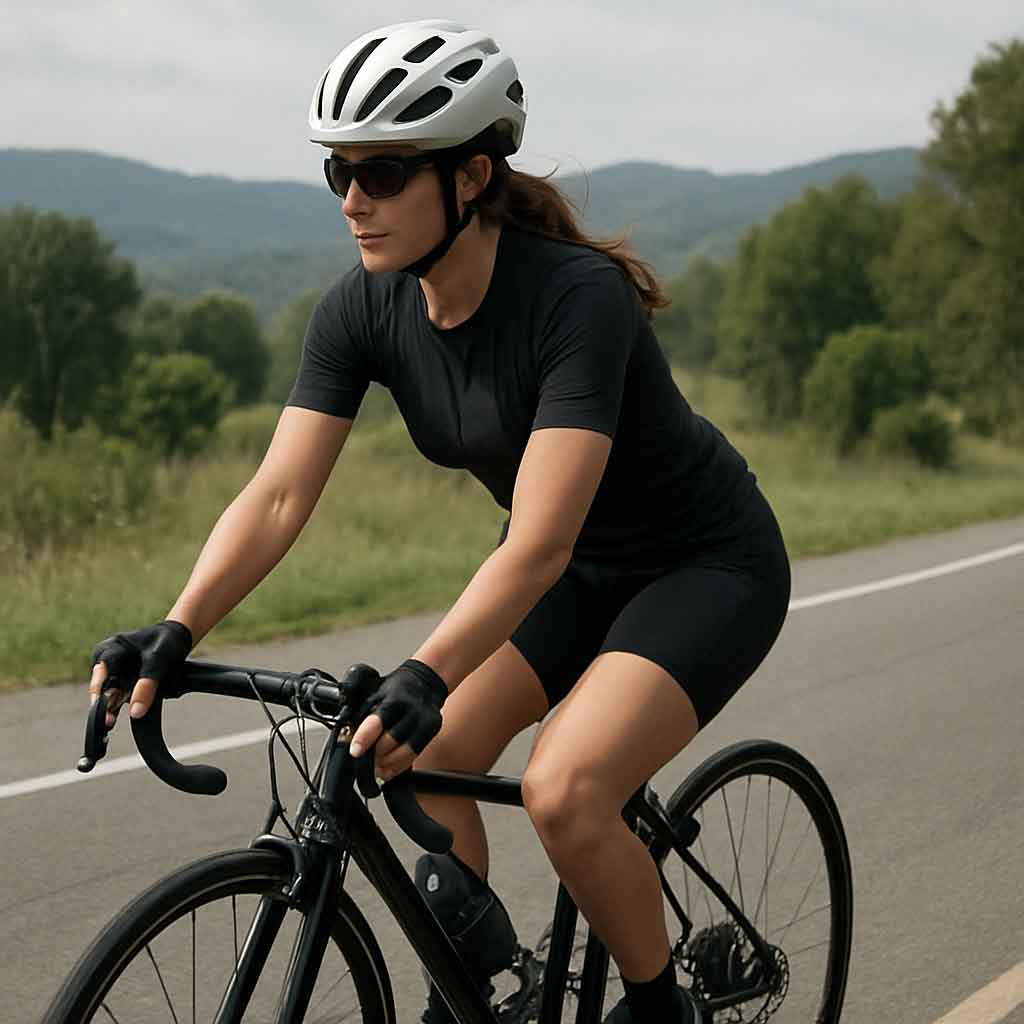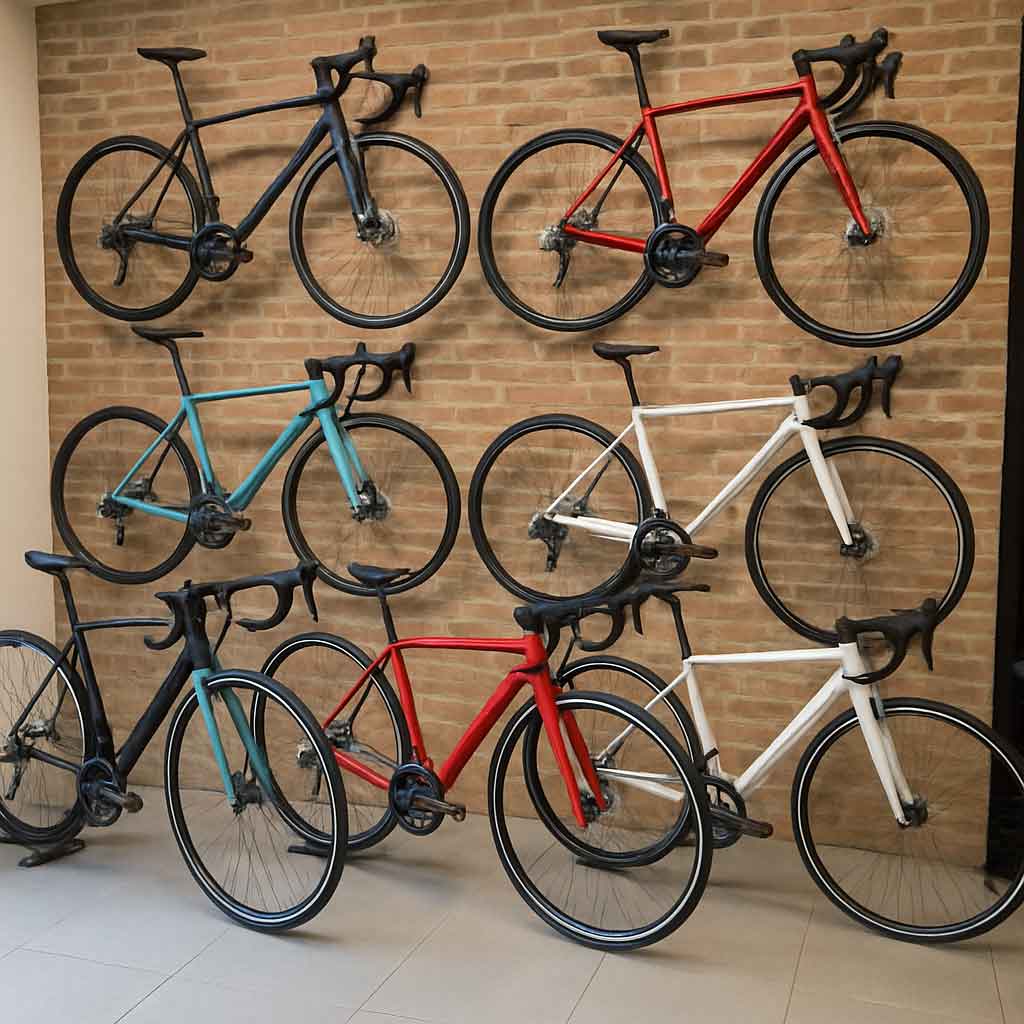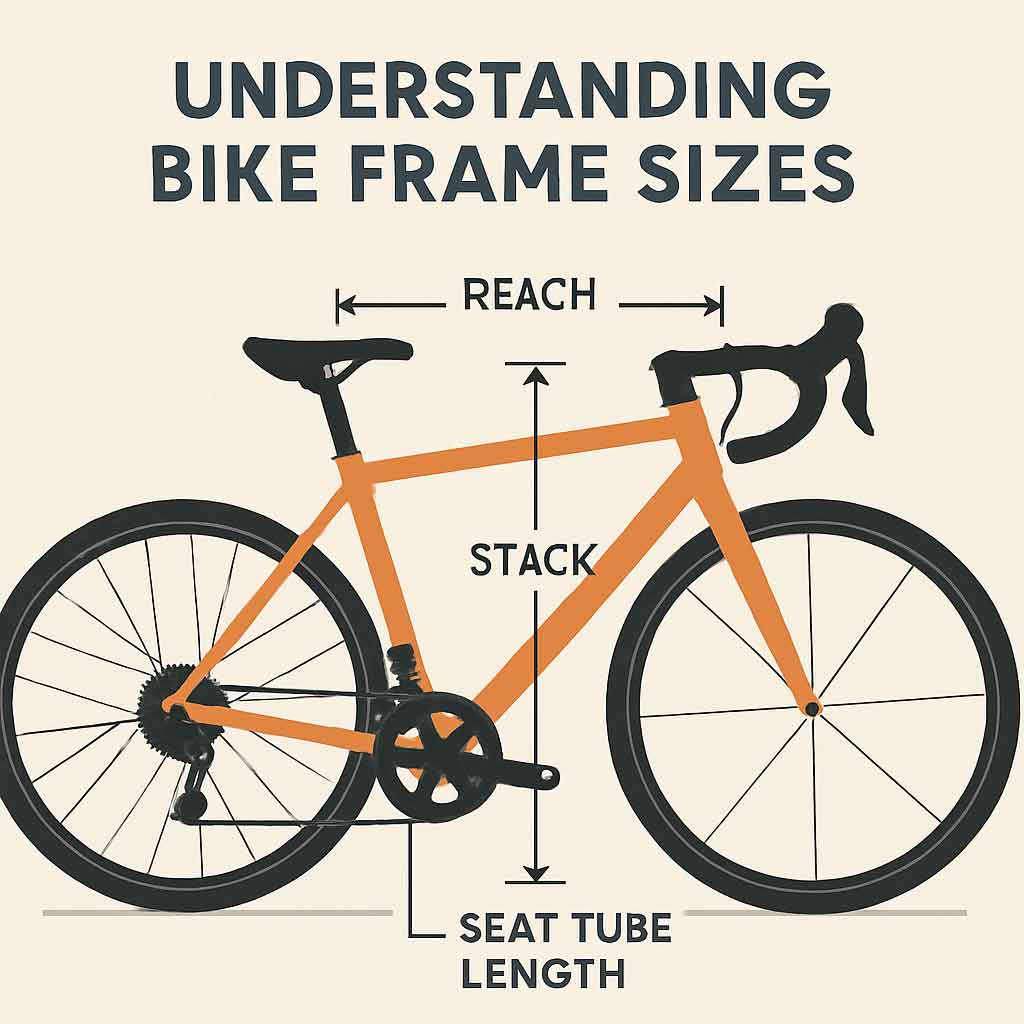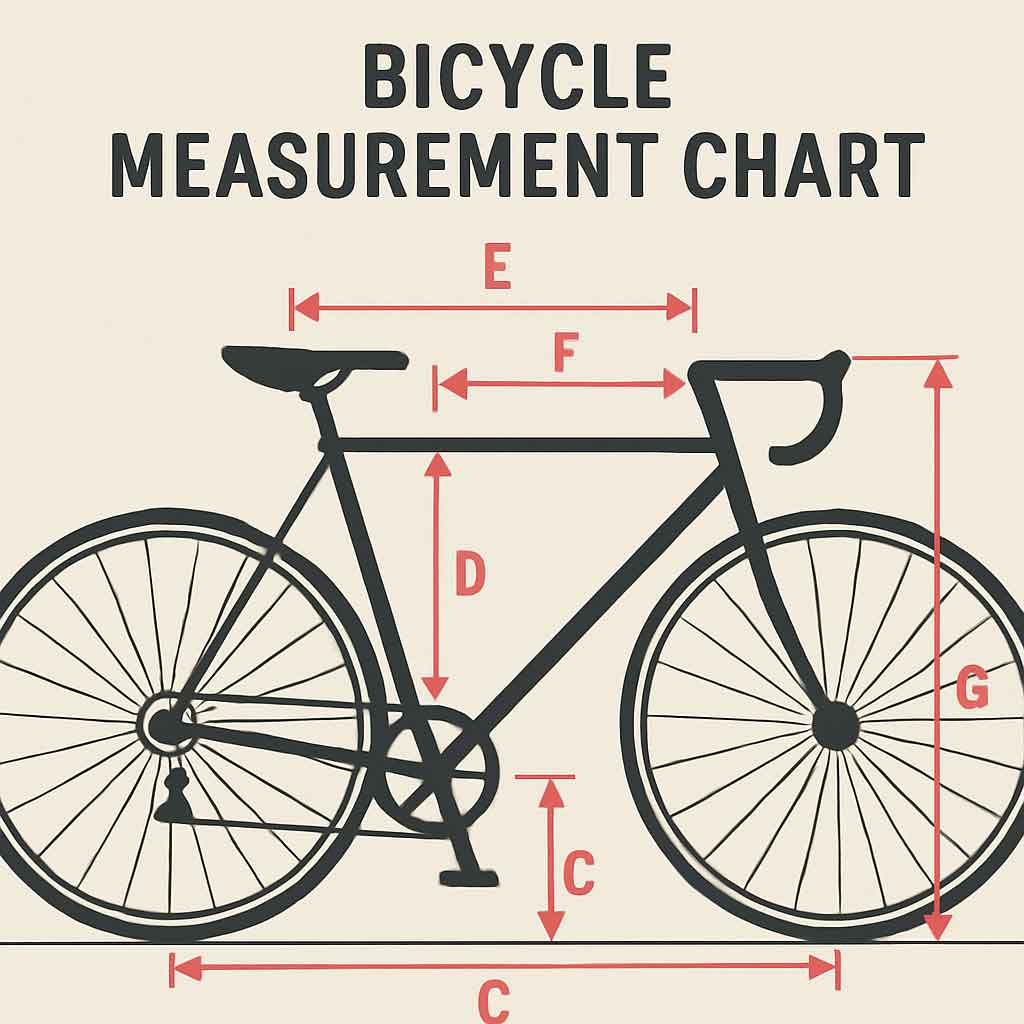Before diving into the recommendations for the most comfortable bike seats, let's understand what makes a saddle comfortable. A bike saddle is not just a seat; it is an essential component that affects your overall cycling experience. The right saddle can prevent discomfort and enhance your ride, while the wrong one can lead to pain and even injury over time.
The bike saddle is made up of several parts, each contributing to its overall comfort and functionality:
- Shell: The base of the saddle, usually made of plastic or carbon fiber, forms the saddle's structure. A flexible shell can absorb road vibrations, adding to comfort.
- Padding: Provides cushioning and can be made from various materials, including foam or gel. Foam tends to be lighter, while gel offers more comfort for longer rides.
- Cover: The outer material, often leather or synthetic, affects the saddle's durability and breathability. Leather covers can conform to your shape over time, while synthetic materials are often more water-resistant.
- Rails: Attach the saddle to the seat post and are typically made of steel, titanium, or carbon. The material affects the saddle's weight and flexibility.
Understanding these components helps in selecting a saddle that provides optimal comfort and support, ensuring a pleasant cycling experience.
Several factors influence the comfort of a bike saddle, and choosing the right combination is key to finding the perfect fit:
- Width: The right width supports your sit bones without causing chafing or pressure points. Wider saddles are generally more comfortable for casual rides, while narrower ones suit racing bikes.
- Padding: While more padding might seem better, too much can lead to discomfort by causing excessive movement and heat. It's essential to find a balance that offers support without sacrificing comfort.
- Shape: The shape of the saddle affects pressure distribution and can prevent numbness. A flat saddle offers versatility, while a contoured one provides targeted support.
- Cutouts: Some saddles have cutouts or grooves to relieve pressure on sensitive areas, enhancing comfort for both men and women. Cutouts can also improve ventilation.
Each of these factors plays a crucial role in how comfortable a saddle will feel during your ride, so it's important to consider them carefully.
The materials used in a saddle can significantly impact its performance and comfort:
- Leather: Offers a classic look and molds to the rider's shape over time, providing a custom fit. However, it requires maintenance to prevent cracking.
- Synthetic: More resistant to weather conditions and often lighter than leather. Many modern synthetic materials mimic the comfort of leather without the upkeep.
- Gel vs. Foam Padding: Gel provides superior shock absorption, ideal for long-distance riding. Foam is lighter and offers sufficient cushioning for shorter, more intense rides.
Choosing the right materials is about balancing durability, comfort, and maintenance based on your specific needs and cycling habits.
Finding the perfect bike saddle is a highly personal decision, but here are some general guidelines to help you choose. A carefully chosen saddle can transform your cycling experience, making it more enjoyable and less painful.
The type of riding you do can influence what kind of saddle you need, as different styles place varying demands on your body:
- Road Cycling: Look for a lightweight, narrow saddle designed for speed and efficiency. These saddles prioritize aerodynamics and minimal padding to reduce weight.
- Mountain Biking: Opt for a more cushioned saddle to absorb shocks from rough terrain. A durable cover is also essential to withstand mud and water.
- Commuting: A wider, more padded saddle can offer comfort for shorter, leisurely rides. Consider a saddle with a durable cover to handle everyday wear and tear.
Identifying your primary cycling style will help narrow down the best saddle options for your needs.
Your sit bones are the bones you sit on, and measuring the distance between them helps determine the ideal saddle width for you. Many bike shops offer sit bone measurement services, which can be invaluable in selecting a saddle that fits your anatomy perfectly.
- Importance of Proper Measurement: A well-fitted saddle prevents chafing and supports efficient pedaling. A saddle that's too narrow can cause pressure points, while one that's too wide might lead to chafing.
- DIY Measurement Techniques: If you prefer to measure at home, try sitting on a piece of corrugated cardboard. Your sit bones will leave an impression that you can measure to determine the correct width.
- Benefits of Professional Fitting: Visiting a bike shop for a professional fitting ensures accuracy and can also provide insights into other aspects of bike fit, like seat height and handlebar position.
Accurate sit bone measurement is a crucial step toward finding a saddle that offers personalized comfort.
Men and women generally have different pelvic structures, which means that gender-specific saddles can provide better comfort. Look for saddles designed specifically for men or women for the best fit.
- Men's Saddles: Typically narrower with a longer nose to accommodate the male anatomy. Some models include cutouts to relieve pressure on the perineum.
- Women's Saddles: Often wider at the rear to support wider sit bones and usually have a shorter nose. Many feature cutouts to reduce pressure on soft tissue areas.
- Unisex Options: Some brands offer unisex saddles designed to accommodate a range of body types. These can be a good option for those who don't fit typical gender-specific shapes.
Choosing a gender-specific saddle can enhance comfort by aligning with the natural shape of your pelvis.
Trying out different saddles is one of the best ways to find the right fit:
- Demo Programs: Some bike shops offer demo programs where you can test different saddles for a few days. This hands-on experience can be invaluable in making the right choice.
- Return Policies: Check the return policy before purchasing, as some companies allow you to return a saddle after a trial period if it doesn't meet your comfort needs.
- Feedback from Peers: Talk to fellow cyclists about their experiences with different saddles. Personal recommendations can provide insights into how a saddle performs over time.
Don't be afraid to experiment with different saddles until you find the one that feels just right.
Now that you know what to look for, here are some of the best comfortable bike seats available. These selections cater to different needs and preferences, ensuring that there's something for everyone.
Brooks B17
The Brooks B17 is a classic choice for men seeking comfort on long rides. Made from high-quality leather, it molds to your body over time, offering a custom fit. Its durability and style make it a favorite among cyclists.
- Longevity and Style: The Brooks B17 is known for its timeless design and long-lasting materials. With proper care, it can last for decades, making it a worthwhile investment.
- Custom Fit: As the leather breaks in, it adjusts to the rider's shape, providing a personalized level of comfort that synthetic materials often can't match.
- Heritage and Reputation: Brooks has been making saddles since 1866, and the B17's reputation is built on a legacy of quality and craftsmanship.
Selle Italia Lady Gel Flow
This saddle is designed with women in mind, featuring a wider seat and gel padding for added comfort. The cutout design helps reduce pressure on sensitive areas, making it perfect for long-distance rides.
- Targeted Comfort: The wider design supports the anatomical structure of women's sit bones, while gel padding adds extra cushioning for extended rides.
- Pressure Relief: The cutout design is strategically placed to alleviate pressure on soft tissue areas, reducing discomfort during long rides.
- Versatile Use: Suitable for both road and mountain biking, this saddle offers flexibility for women who enjoy different cycling disciplines.
ISM PN 3.0
The ISM PN 3.0 is a popular choice for those who embark on long rides. Its unique design reduces pressure on the perineum, and its split-nose design promotes better blood flow, reducing numbness.
- Innovative Design: The split-nose design minimizes contact with sensitive areas, preventing numbness and discomfort on long rides.
- Enhanced Blood Flow: By reducing pressure on the perineum, the ISM PN 3.0 promotes healthy blood circulation, crucial for extended periods in the saddle.
- Performance-Oriented: Designed for competitive cyclists, this saddle also appeals to those who prioritize performance and comfort on long journeys.
Cloud-9 Comfort Gel
For those who use their bikes for commuting, the Cloud-9 Comfort Gel saddle offers a plush ride. Its extra gel padding and wide seat make it an excellent option for casual cyclists.
- Everyday Comfort: The gel padding provides a cushioned ride, perfect for absorbing shocks from uneven city streets and ensuring a smooth commute.
- Durable Construction: Built to withstand daily use, the Cloud-9 Comfort Gel saddle is both durable and comfortable, making it ideal for regular commuters.
- Budget-Friendly: Offering exceptional comfort at an affordable price, this saddle is a great choice for those looking to enhance their commuting experience without breaking the bank.
Once you've found the perfect saddle, it's essential to maintain it for longevity and continued comfort. Regular maintenance can extend the life of your saddle and ensure it remains comfortable for years.
Ensure your saddle is correctly installed. It should be level and positioned to support your sit bones without causing you to slide forward or backward while riding.
- Leveling the Saddle: A level saddle ensures even weight distribution, preventing unnecessary strain on your back and pelvis.
- Positioning for Comfort: The saddle should be positioned so that your sit bones rest comfortably on the widest part. Adjust the tilt slightly if needed to prevent sliding.
- Secure Attachment: Make sure the saddle is securely attached to prevent movement, which can cause discomfort and damage over time.
Keep your saddle clean by wiping it down with a damp cloth after each ride. If it's made of leather, use a leather conditioner to maintain its suppleness.
- Daily Wipe-Down: Removing sweat and dirt regularly prevents buildup that can degrade the saddle material over time.
- Leather Care: Conditioning leather saddles keeps them supple and prevents cracking. Use a quality leather conditioner every few months.
- Synthetic Saddle Care: For synthetic materials, use mild soap and water to clean and maintain their appearance and functionality.
As you ride more and become more familiar with your saddle, you may need to make small adjustments to its angle or height. This helps in fine-tuning your comfort.
- Angle Adjustments: Small changes to the saddle angle can relieve pressure points and improve comfort. Experiment to find the best position for your riding style.
- Height Adjustments: Ensure the saddle height allows for a slight bend in the knee when the pedal is at the lowest point. This can prevent knee strain.
- Reassess Regularly: Revisit your saddle setup periodically, especially if you experience discomfort or change your riding style.
Choosing the right bike saddle is crucial for a comfortable and enjoyable ride, especially on long journeys. Whether you're looking for the best bike saddle for men, the top women's cycle saddle, or the most comfortable seat for long rides, there is a perfect match out there for you. Consider your riding style, measure your sit bones, and don't be afraid to try a few options until you find the one that suits you best. Remember that your comfort on the bike greatly influences your enjoyment and performance. So invest the time to find the right saddle, and enjoy the many benefits of cycling with confidence and comfort. Happy cycling!


